- Home
- Home Ventilation
- Attic Ventilation Fans
Attic Ventilation Fans
Why would you want to use attic ventilation fans in the UK? Surely they’re just for hot countries where they want to try and get the heat out of the roof space?
Well in my opinion in hot countries they don’t work at removing heat, but that argument is for another day.
Here in the UK the main reason for considering an attic ventilation fan is likely to be for the purpose of trying to reduce the chances of condensation forming in your roof void, either on the underside of the roof cover, roofing felt or worse still within the loft insulation.
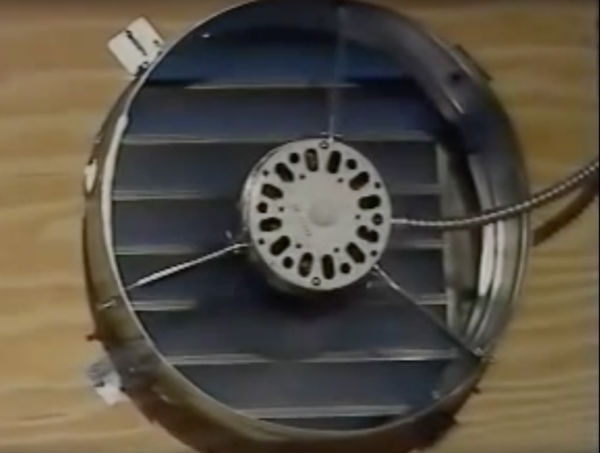
Why do We Get Condensation in The Loft?
Before I answer that question, we need to understand what condensation is and why it forms anywhere in or home?
Condensation forms where the moisture in the air (water vapour) comes into contact with an object that has a surface temperature that is below the dew point. And dew point is the temperature at which the water vapour ceases being a gas and forms a liquid. (You can read more about condensation here).
As part of living our lives we generate water vapour by showering, cooking, drying clothes etc. All this water vapour floats around our homes until it either condenses to form condensation or it’s taken outside by way of ventilation.
So how I hear you ask does it get into the loft where I don’t cook or do any of those things mentioned?
You need to think about the construction of your home. The ceiling between the living accommodation and the loft area is typically made of plasterboard which isn’t a true vapour barrier but it does a pretty good job of stopping water vapour.
However through this plasterboard we cut holes to get wires for lights through and we cut out a big rectangle to form a roof hatch. Then over time we start to see cracks form where the plasterboard meets the walls and so on.
These cracks and openings allow the water vapour to get into the loft area. The issue is then exacerbated by the fact that most homes have whats called “cold roof” construction, where the insulation is laid directly on top of the living accommodation ceilings. Which is great when it comes to keeping heat in the living area but it also means the area above the insulation tends to be cold.
So any water vapour that manages to get into the loft and past the insulation will condense when it comes into contact with any cold surfaces, like the underside of the roof and roof timbers.
How do You Stop Condensation Forming in the Loft?
There are several ways:
-
Fit attic ventilation fans - fitting an attic fan is relatively simple as they tend to be single units that just need a power supply (some are even solar powered) and adequate ventilation to allow enough fresh air into the roof-space to match the air removed by the fan.
- Stop the water vapour getting into the loft area - this is probably the best option in my opinion. Yes it might be a little bit more hassle but if you can stop the water vapour getting into the loft in the first place your attic condensation problem should go away on it’s own (unless you’ve got other moisture sources to consider).
Then you just need to decide if you have a condensation problem in the rest of your home? - Make sure the header tank in the loft isn’t warm to touch - sometime attic condensation problems can be caused by warm or hot water getting into the header tank (typically a small black plastic rectangular tank) in the loft.
If you touch it and it’s warm to touch it’s likely a constant source of water vapour into your loft. If it is, call your plumber who’ll be able to fix it. - Add additional ventilation to the loft area - This is a relatively simple fix that involves adding additional roof ventilation to increase the air flow in the loft area. Depending on what type of roof you have it can be more or less complicated.
If you have a row of small vents around the soffit boards there is a chance that your insulation may have blocked these vents. In which case simply pulling the insulation back may alleviate the issue.
If however you need to add tile vents by replacing a few tiles with vents you’ll need to employ a roofer as working on your roof is extremely dangerous and should only be undertaken by a professional.
Will Attic Ventilation Fans Help?
Installing attic ventilation fans would in theory help, but only if you also provide additional ventilation to match what the fan removes. In other words if your fan extracts 4 litres/sec. second you need to make sure that you provide additional ventilation that will let in at least 4 litres/sec. to replace it.
If you don’t do this all you’ll do is put undue stress on your attic ventilation fan and the fan will try to draw air up from the living area below which is full of water vapour, and bringing more water vapour into the loft is the last thing you want.
Conclusion:
Attic ventilation fans can make a difference but you need to make sure that in conjunction with fitting the fan you make sure you’ve created a vapour barrier to the ceiling of the living area below, so that no more water vapour can get into the loft.
So, I'd have to say, why not just create a vapour barrier and not bother with the attic fan!

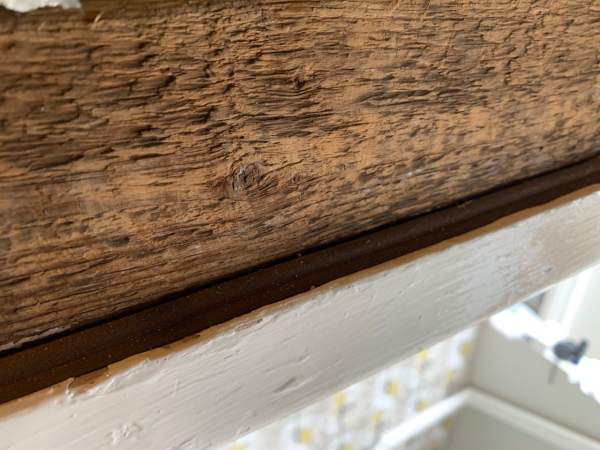

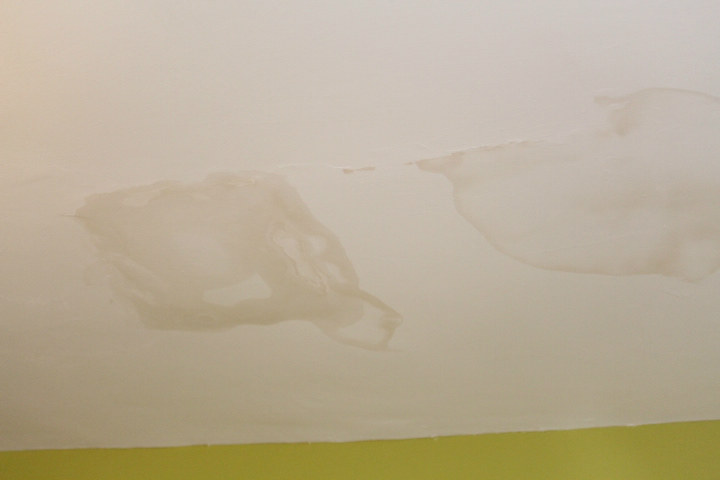
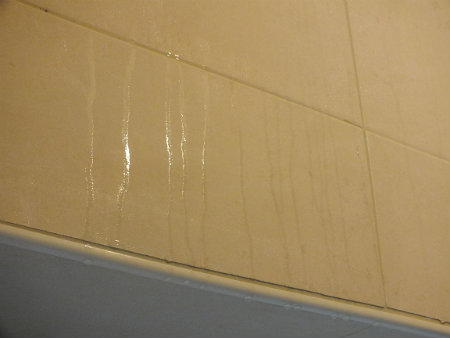
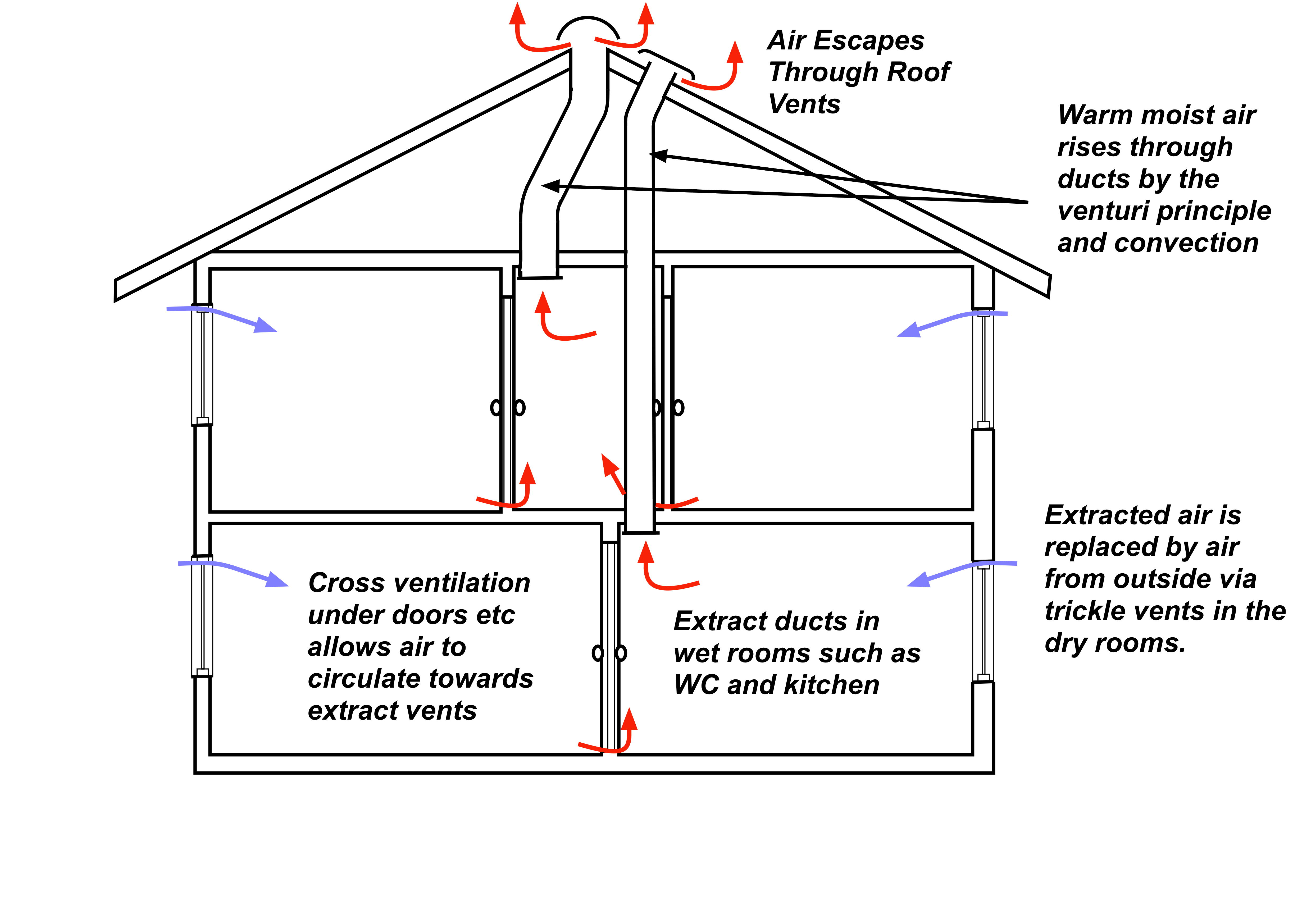
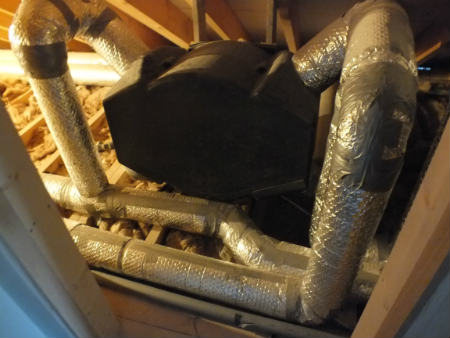
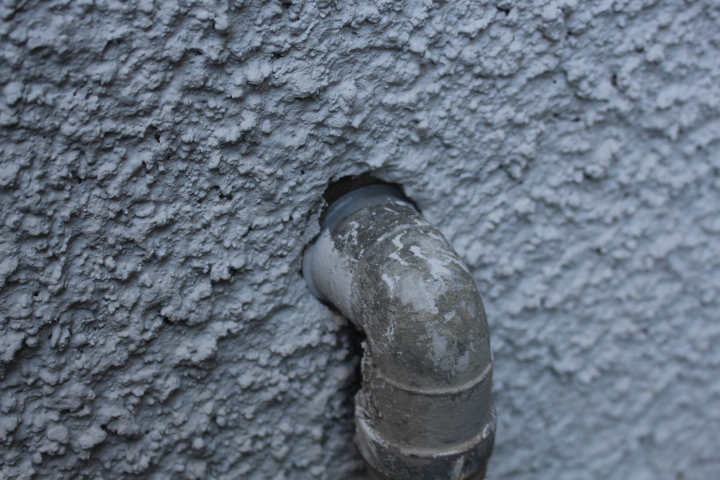
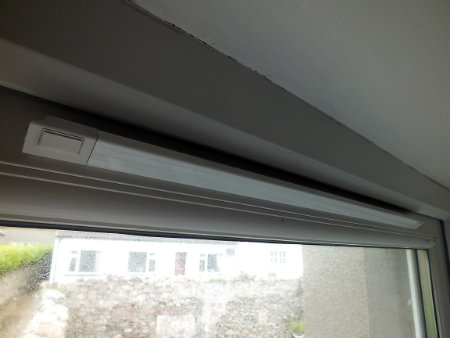







New! Comments
Have your say about what you just read! Leave me a comment in the box below.